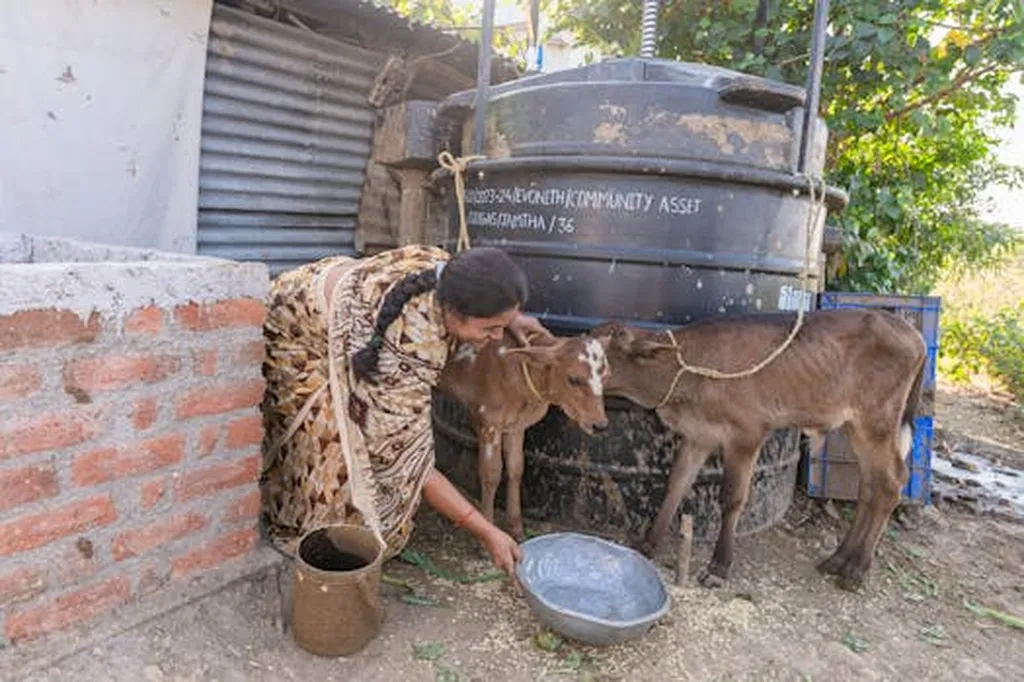In the heart of Poland’s rural landscapes, a quiet revolution is brewing, one that could reshape the country’s energy sector and offer valuable insights for global agricultural communities. At the forefront of this shift is Anna Kochanek, a researcher from the Faculty of Engineering at the State University of Applied Sciences in Nowy Sącz, who has been delving into the minds of Polish farmers to understand their perceptions of biogas plant investments.
Biogas plants, which convert agricultural waste into renewable energy, have been gaining traction across Europe as a key driver in the rural energy transition. However, Poland’s progress in this area has been slower than that of its Western European counterparts. Kochanek’s recent study, published in the journal *Energies* (which translates to “Energies” in English), aims to uncover the barriers beyond mere technology and regulation that are hindering this progress.
Kochanek’s research, conducted in the second quarter of 2025, involved farmers planning to build micro biogas plants and owners of existing facilities. She also employed Geographic Information System (GIS) tools to select respondents and identify potential investment sites, focusing on areas with favorable spatial and environmental conditions.
The findings reveal a complex landscape of perceptions. Both current and prospective biogas plant operators cite complex legal requirements, social risk, and financial uncertainty as significant obstacles. However, the desire for on-farm energy self-sufficiency and the environmental benefits of improved agricultural waste management are powerful motivators.
Interestingly, owners of operational installations—particularly small and medium-sized ones—tend to view these risks less severely than prospective investors. This suggests that practical experience and knowledge-sharing can significantly alleviate perceived risks associated with renewable energy investments.
“Our findings indicate that hands-on experience plays a crucial role in shaping farmers’ perceptions of biogas plant investments,” Kochanek explains. “This highlights the importance of knowledge-sharing platforms and mentorship programs to encourage more farmers to invest in biogas technology.”
The commercial implications of this research are substantial. By understanding and addressing the perceived risks, the energy sector can develop more targeted strategies to promote biogas plant investments. This could lead to a more robust and decentralized energy infrastructure, reducing dependence on traditional energy sources and fostering a more sustainable agricultural sector.
Moreover, the use of GIS tools in site selection offers a promising avenue for optimizing biogas plant locations. By pinpointing areas with favorable conditions, investors can minimize risks and maximize the economic efficiency of their projects.
As the world grapples with the urgent need for sustainable energy solutions, Kochanek’s research provides valuable insights that could accelerate the adoption of biogas technology. By bridging the gap between perception and reality, the energy sector can unlock the full potential of agricultural biogas plants, paving the way for a greener and more energy-independent future.
In the words of Kochanek, “This research is not just about understanding the barriers; it’s about finding practical solutions to overcome them. By doing so, we can harness the true potential of biogas technology and drive the rural energy transition forward.”

